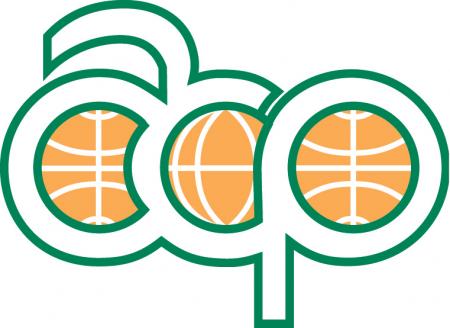Vanuatu Interactive Marine Atlas
While the ocean covers more than two thirds of the Earth’s surface, the oceanic territory of Vanuatu is 57 times larger than its land territory. With an exclusive economic zone (EEZ) of 680,000 km2, Vanuatu is a large ocean state. This island nation contains many marine ecosystems, from globally significant coral reefs to mangroves, seagrass areas, seamounts and deep-sea trenches supporting at least 769 fish species, including sharks and rays, as well as whales, dolphins and sea turtles. We are committed to conserving this unique marine biodiversity.






